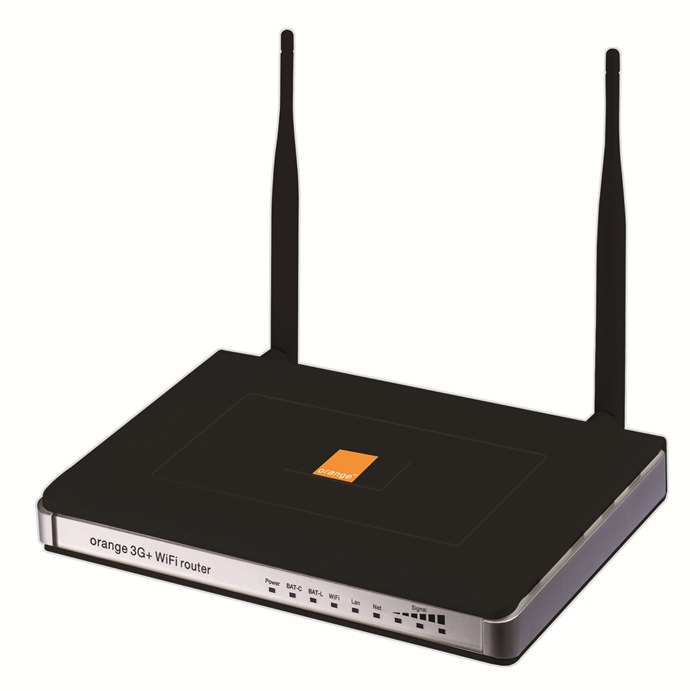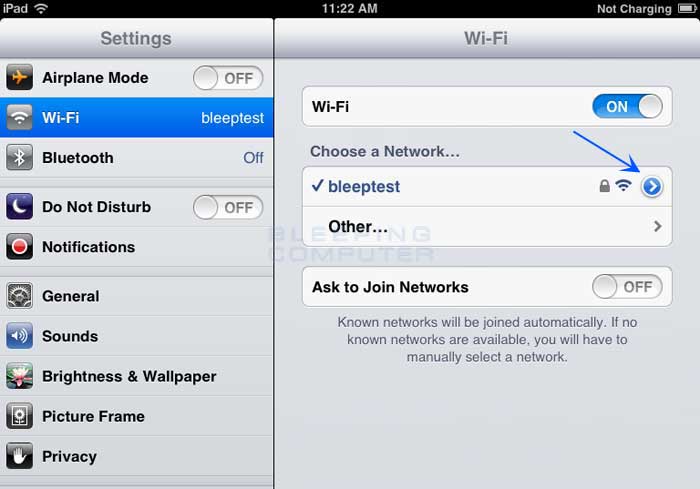

Budget 2009 provides $225 million over three years to Industry Canada to develop and implement a strategy on extending broadband coverage to all currently unserved communities beginning in 2009–10." The budget specifically includes: "The Government is committed to closing the broadband gap in Canada by encouraging the private development of rural broadband infrastructure. However, gaps in access to broadband remain, particularly in rural and remote communities. To this day, Canada remains one of the most connected nations in the world, with the highest broadband connection rate among the G7 countries. "Canada was one of the first countries to implement a connectivity agenda geared toward facilitating Internet access to all of its citizens. This is also true to some degree of other countries' broadband plans.Īmericas Northern America Canada Īs of early March 2009, colleagues in Industry Canada confirm that the current national broadband strategy is a short statement in the 2009 budget: The US plan has ambitious energy demand management goals (see National Broadband Plan (United States) for more details on these and their relationship to other US national goals) and its broadband plan is generally considered to be a pre-requisite to its communications-intensive energy strategy. It has released the World Bank Broadband Strategy Toolkit to assist in policy development.įurthermore, the close relationship of universal wired broadband and smart grid plans is the subject of much study particularly in the US and Europe.


Developing countries' plans are studied most closely by the World Bank as part of its e-Development program. The OECD tracks closely policy in this area and publishes links to relevant policy documents from its member (developed) countries. The US, for instance, in September 2010 published a comparison of seven other countries' plans. Most countries considering such plans conduct their own comparative evaluations of existing national plans. All G7 countries except Canada have such a national broadband plan in place now. Such plans are recommended by OECD and other development agencies. This article presents an overview of official government plans to promote broadband – based on official sources that may be biased due to their promotion of the government plan as effective and positive. Several operators have started to combine two of these technologies to create Hybrid Access Networks. There is no single definition of broadband and official plans may refer to any or none of these criteria.īeyond broad latency and reliability expectations, the term itself is technology neutral broadband can be delivered by a range of technologies including DSL, fiber optic cable, powerline networking, LTE, Ethernet, Wi-Fi or next generation access. In some applications, utility-grade reliability (measured for example in seconds per 30 years outage time as in the PSTN network) or security (say AES-128 as required for smart grid applications in the US) are often also assumed or defined as requirements. This would rule out satellite Internet as inherently high-latency. For instance, low round trip delay (or "latency" in milliseconds) would normally be assumed to be well under 150ms and suitable for Voice over IP, online gaming, financial trading especially arbitrage, virtual private networks and other latency-sensitive applications. Suitability for certain applications, or technically a certain quality of service, is often assumed. government plan called "Connect America: The National Broadband Plan", see National Broadband Plan (United States).īroadband is a term normally considered to be synonymous with a high-speed connection to the internet. This article is about national plans to deploy broadband in various countries around the world.


 0 kommentar(er)
0 kommentar(er)
